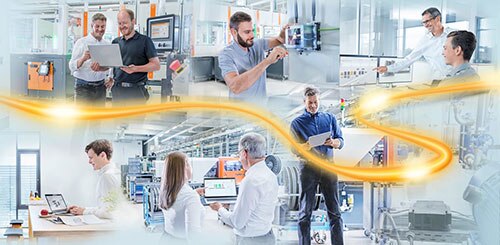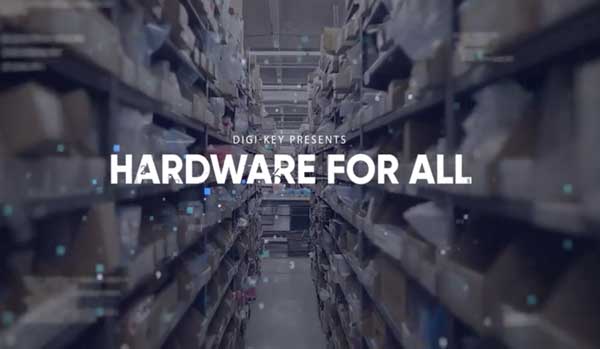Creating Value from Data at the Intersection of AI and IoT
Generating data is nothing new for industrial factories that want a competitive edge. However, advancements in generating value from that data are the game-changer.
 (Image source: Weidmüller)
(Image source: Weidmüller)
New data-driven services are inspiring engineers and manufacturers to establish profitable and efficient business models that create smart factories with sophisticated technology that can increase product quality and reduce costs.
But how do manufacturers make the journey from data to value? Many manufacturers are inspired by the possibilities of artificial intelligence (AI) and how it intersects with the Industrial Internet of Things (IIoT). Advancements in machine learning algorithms and the collection and refinement of data are propelling increased efficiency and productivity.
What sounds very complicated at first actually can be achieved by the concrete advantages of smart industry.
Methods of artificial intelligence and, in particular, machine learning are tools used to analyze machine data. Making it possible to link data together and identify unknown correlations.
Weidmüller's concept involves the easy use of AI by means of Automated Machine Learning software for machinery and plant engineering. For this purpose, we have standardized and simplified the use of machine learning for industrial applications to such an extent that domain experts with no specialized knowledge of data science can generate their own data-driven solutions.
A software tool guides the user through the process of model development. Machine and process experts can easily create, modify, and execute machine learning models without the support of data scientists, in order to reduce downtime and errors, optimize maintenance activities, and improve product quality. The software helps with translating and archiving the complex application knowledge into a reliable machine learning application.
Automated Machine Learning can be applied in many areas—from the detection of anomalies and their classification through to error prediction. However, to detect anomalies and make forecasts on this basis for predictive maintenance, the data needs to be collected and correlated. There is usually a sufficient volume of process-relevant data for machinery and plants. In order to obtain the added value from this data, it is analyzed using machine learning methods, and appropriate models are developed.
We believe there is an easy way to achieve industrial IoT. We support solutions at four different levels, which we feel are the building blocks:
- Data Analysis & Business Logic—Achieve concrete added value with data-driven, digital services.
- Data Communication—Cross-network communication at the highest security level by transporting data reliably through network infrastructure.
- Data Pre-Processing—Reduce data flows and costs with IoT Edge Technology, such as controllers, I/O systems, and energy meters.
- Data Acquisition—Gain access to reliable, valuable data in greenfield and brownfield applications with controllers, machines, sensors, meters, and analog signal converters.
Achieving additional value from data begins by using artificial intelligence. This could be as simple as a warning signal. Or it can be used for AI with machine learning. To know and understand the behavior of machines we use these four building blocks to combine AI and IoT, making us the enablers from data to value. Find out more about Weidmuller’s game-changing use of Automated Machine Learning using Artificial Intelligence in the industrial automation realm in our Future Factories video series.

Have questions or comments? Continue the conversation on TechForum, DigiKey's online community and technical resource.
Visit TechForum








